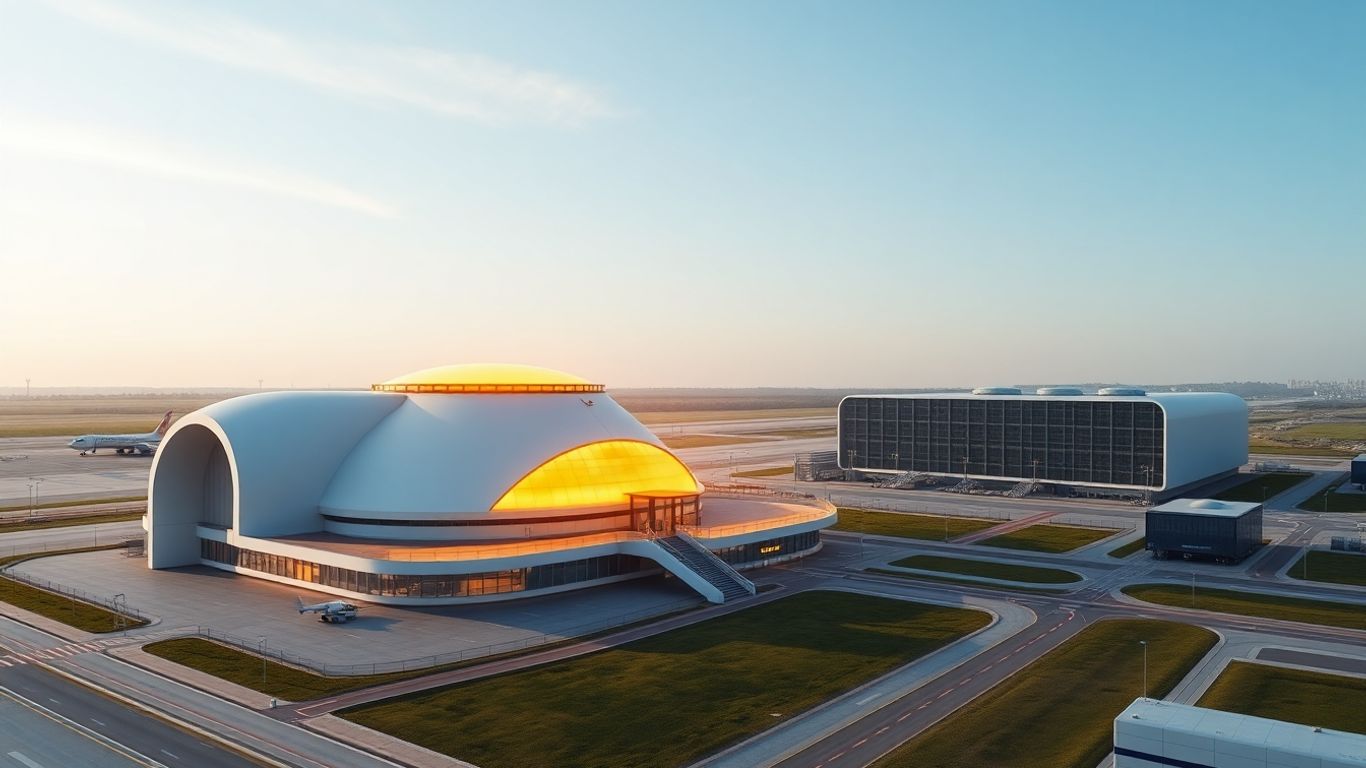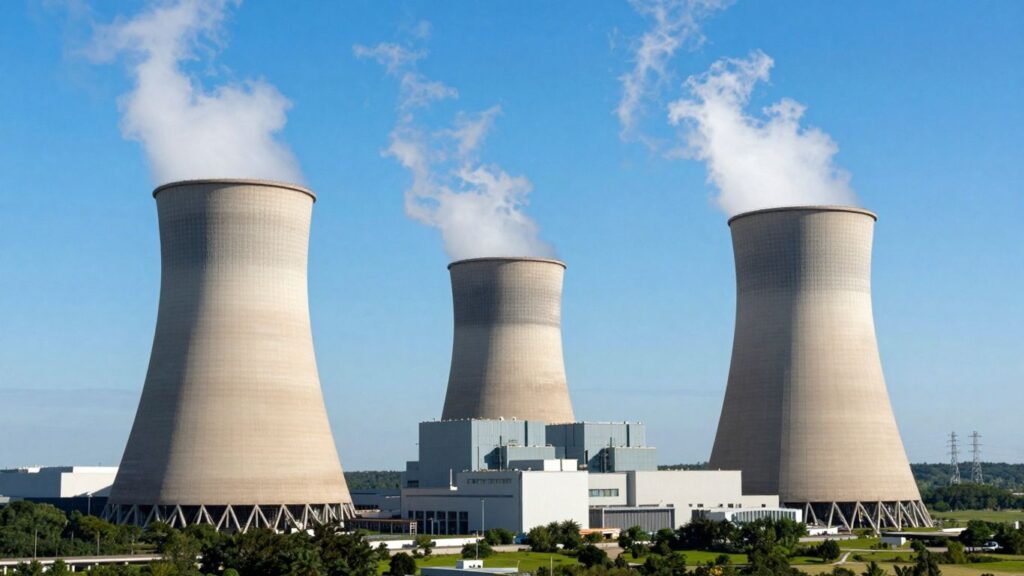Small Modular Reactors (SMRs) are emerging as a potential solution to meet the escalating energy demands of diverse sectors, including major transportation hubs, burgeoning data centers, and critical military installations. This advanced nuclear technology promises carbon-free, reliable power, sparking studies and discussions across various governmental and academic bodies.
Key Takeaways
- Small Modular Reactors (SMRs) are being explored for their potential to provide clean, reliable energy for large-scale operations.
- Applications range from powering Denver International Airport and supporting AI data centers in the UK to providing energy independence for military bases like Fort Drum.
- Studies highlight potential economic benefits, including job creation and higher wages, alongside environmental advantages.
- Challenges remain, including high initial costs, regulatory hurdles, and the need for public acceptance and workforce development.
Powering the Future of Travel and Technology
Denver International Airport (DIA) is investigating the feasibility of building an SMR to achieve energy independence and become the "greenest" airport globally. This initiative aims to support the airport’s future expansion, which anticipates serving over 120 million passengers annually by 2045. Mayor Mike Johnston highlighted the potential for SMRs to attract data centers and high-energy utilization technology companies to the region, emphasizing the airport’s role as an economic engine.
Similarly, the United Kingdom is considering SMRs as a key component in its strategy to power the expansion of artificial intelligence (AI). The UK government plans to establish an AI Energy Council to explore renewable and innovative energy solutions, including SMRs, to meet the significant power demands of AI data centers. These centers require substantial and consistent energy, making SMRs an attractive option for providing 24/7 carbon-free electricity.
Military and Industrial Applications
Fort Drum, a U.S. Army installation, is being considered as an "optimal" location for an SMR. The Army seeks to move away from the traditional power grid for security and environmental reasons. SMRs are seen as a viable solution to provide emission-free, secure power, especially in regions with less consistent renewable energy sources like solar and wind due to weather conditions. Representatives have noted that SMRs could strengthen national defense and bring long-term investment and energy independence to military bases.
Economic and Environmental Benefits
Studies, such as one conducted by Purdue University for the Indiana Office of Energy Development, suggest that SMRs could offer significant economic advantages. These include the creation of approximately 2,000 construction jobs per plant and 140 full-time operational jobs, with potentially higher wages than those in traditional fossil fuel plants. SMRs are also praised for their ability to provide baseload, carbon-free energy, which is crucial for stabilizing grids that rely on intermittent renewables like solar and wind.
Addressing Challenges and Future Outlook
Despite the promising outlook, the widespread deployment of SMRs faces challenges. These include high initial construction costs, the need for robust supply chains, and navigating complex regulatory frameworks. Furthermore, as SMR technology is still in development, with few operational examples globally, there are concerns regarding safety, cost-effectiveness, and public perception. Experts emphasize the need for government support, streamlined regulations, and workforce development to overcome these hurdles and realize the full potential of SMRs in meeting the world’s growing energy needs.
Sources
- Nuclear power to fuel Denver International Airport?, Denver Gazette.
- Small modular reactors could help Indiana shift to 24/7 carbon-free electricity with economic benefits, study
says, Purdue University. - Could Fort Drum pilot a SMR nuclear facility?, Spectrum News.
- UK government considering role for SMRs in AI expansion, World Nuclear News.
- Small nuclear reactors or more fossil fuels: what will power the AI boom?, Institution of Mechanical Engineers.












